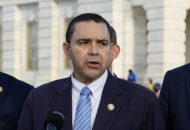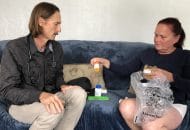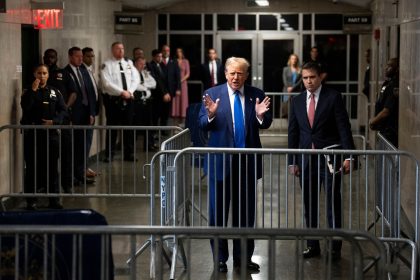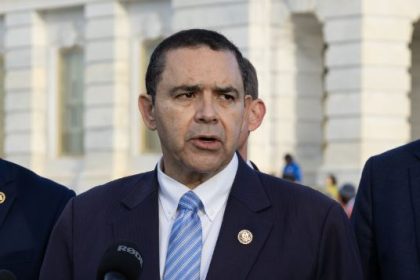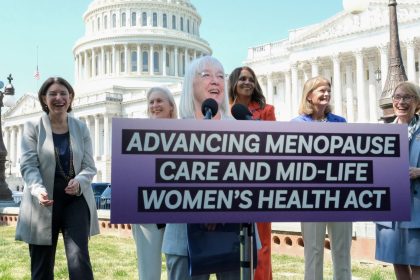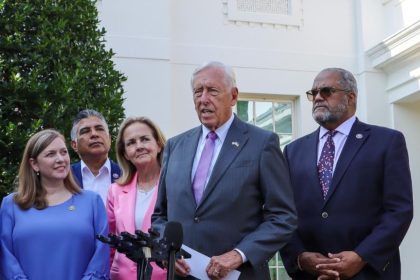Resolving the ‘Proton Radius Puzzle’
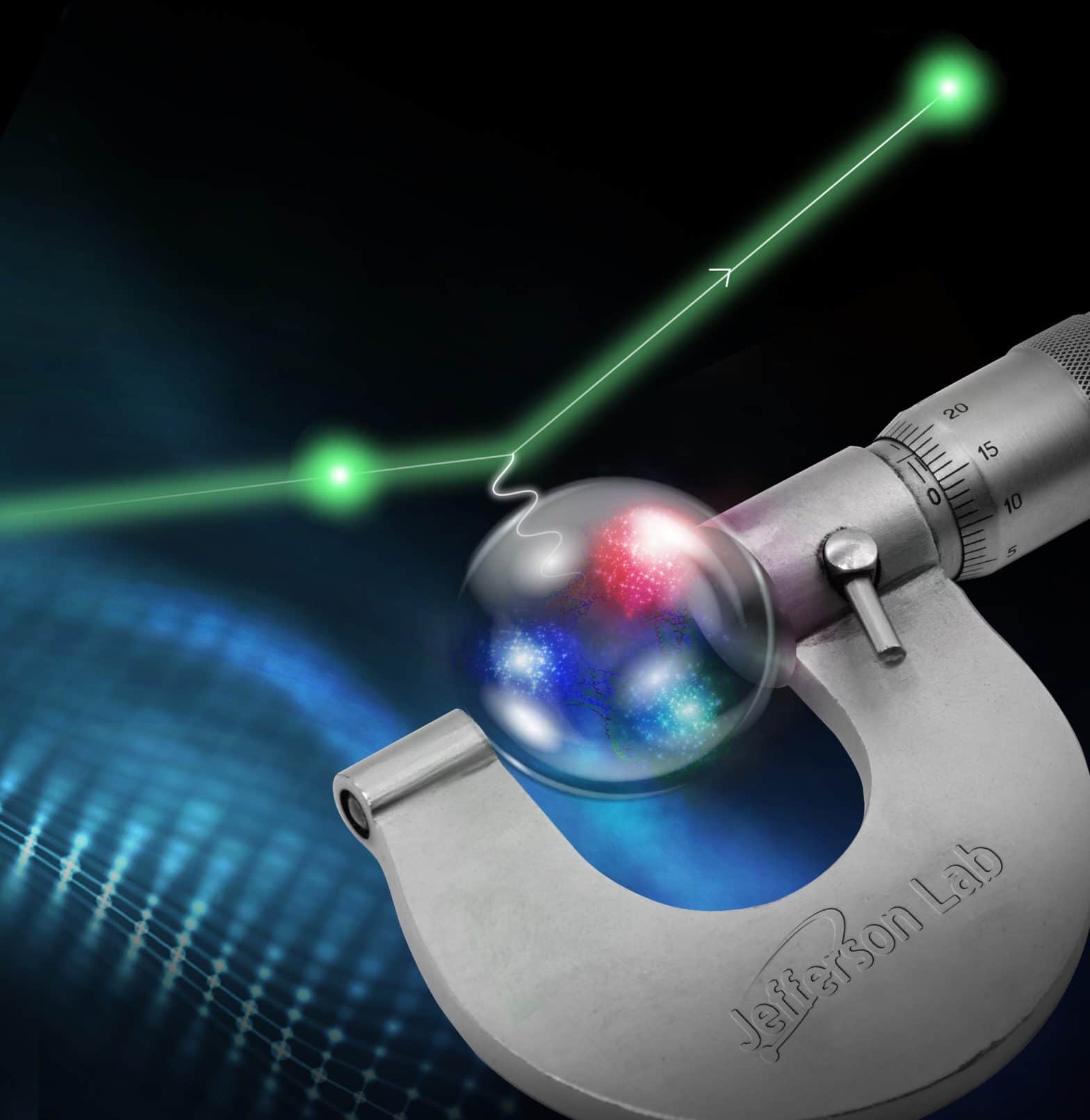
NEWPORT NEWS, Va. — How do you measure the width of a proton?
A ruler won’t help and neither will a microscope. Instead, it involves smashing electrons into protons at nearly the speed of light, then measuring how far the electrons travel when they bounce off, or scatter, from the protons.
This method is called electron scattering, and a new version was used at Jefferson Laboratory for the first time, providing one of the most precise measurements ever for the charge radius of a proton.
Physicists who spend their lives exploring the subatomic universe say these results bring science closer to solving the “proton radius puzzle” — or explaining why different experimental methods over the years have come up with two different measurements.
For a long time, the proton radius was measured at 0.88 femtometers (fm). Then in 2010 a different type of experiment came up with 0.84 fm, or about 4% smaller.
Why would a 4% difference on an infinitesimal scale matter?
For one, said Ashot Gasparian, a professor at North Carolina A&T State University and experiment team leader, the proton, which sits at the heart of the atom, lies at the intersection of three major branches of physics: atomic, nuclear and particle. So even a tiny difference is a big deal — some physicists even speculated the 2010 results might signal a fifth force of nature.
And, for another, more precise measurements of subatomic particles help hone the Standard Model of particle physics, a template that helps explain how the universe works.
So in 2012 Gasparian and his team worked to come up with a new type of electron scattering experiment — the first new method in half a century — to measure the proton radius. Called the PRad experiment, it was given high priority at Jefferson Lab and its powerful CEBAF accelerator.
“People were searching for answers,” Gasparian said. “But to make another electron-proton scattering experiment, many skeptics didn’t believe that we could do anything new.”
Still, the team came up with three tools and methods.
The first was implementing a new type of windowless target system that essentially allowed scattered electrons to move fairly seamlessly into the detectors.
The second was using a calorimeter rather than a traditional magnetic spectrometer to detect and measure the energies and positions of the scattered electrons, while a newly built gas electron multiplier also detected the electrons’ positions with ever-greater accuracy.
And the third was placing these detectors extremely close in angular distance from where the electron beam struck the hydrogen target.
“In electron scattering, in order to extract the radius, we have to go to as small a scattering angle as possible,” said Dipangkar Dutta, team member and professor at Mississippi State University. “To get the proton radius, you need to extrapolate to zero angle, which you cannot access in an experiment. So the closer to zero you can get, the better.”
The measurement the team came up with was 0.831 fm, essentially confirming the 2010 measurement. Their results dashed the hopes of physicists who had dreamed of a fifth force.
“The PRad experiment seems to shut the door on that possibility,” said Dutta. “This is still to be confirmed with similar experiments, but right now it seems that way.”
Their results were published recently in the journal Nature. The team is already working toward more experiments at Jefferson Lab to decrease the uncertainty in the proton radius even further, Gasparian said. Meanwhile, a few other nuclear physics facilities around the world are doing the same.
“If the precision is further improved,” said Gasparian, “it might show that there is some small difference, and that will be very important for figuring out new physics. Also, this same technique can be applied not just for measuring the proton size, but also for other types of measurements where we would be able to look beyond Standard Model physics.”
Where could such efforts lead one day out in the real world?
“That is very hard to predict,” said Dutta. “Because whenever you do basic science nobody knows what the eventual application is going to be.”
But there are significant precedents, he said. MRIs, or magnetic resonance imaging scanners, came from somebody trying the measure the spin of the proton in the molecular structure. Silicon transistors, which revolutionized electronics, sprang from somebody tinkering with pieces of silicon to figure out how they behave. And proton therapies to treat cancer came from somebody trying to measure how the proton deposits its energy as it passes through materials.
———
©2019 Daily Press (Newport News, Va.)
Visit the Daily Press (Newport News, Va.) at www.dailypress.com
Distributed by Tribune Content Agency, LLC.










